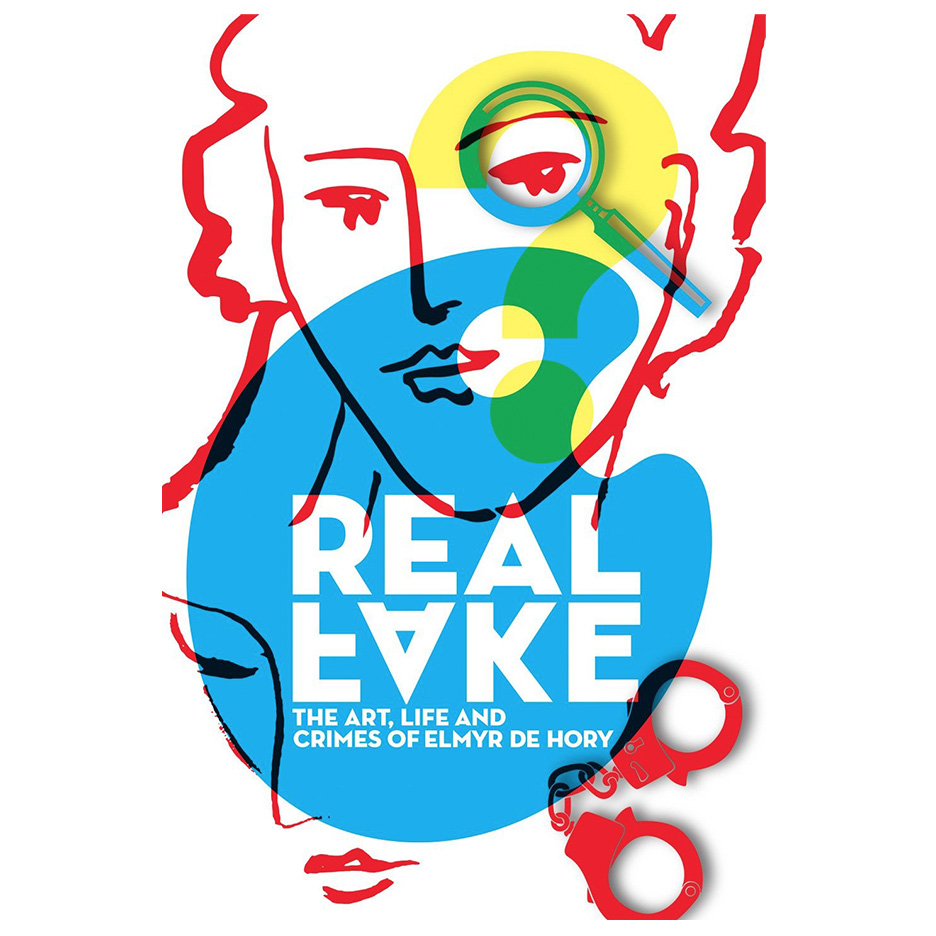
Colleen Boyle, Pall Mall Art Advisors’ Senior Vice President and National Sales Director, makes an appearance in the true crime art documentary Real Fake The Art, Life and Crimes of Elmyr de Hory.
The National Arts Club in New York City will be hosting a special filmmakers’ screening February 5, 2020. Pall Mall Art Advisors would like to encourage you to register for and attend this special event.
Real Fake: The Art, Life and Crimes of Elmyr de Holy
A Film by Jeff Oppenheim
The National Arts Club
15 Gramercy Park S
New York, NY 10003
February 5, 2020 – 8 PM
Elmyr de Hory was one of the most notorious forgers. He is alleged to have painted thousands of “fakes,” many of which still hang in major museums and private collections worldwide. Having eluded prosecution from Interpol, Scotland Yard and other authorities, veteran filmmaker Jeff Oppenheim re-opens the case in this investigative caper that sheds new light on the depth of Elmyr’s crimes.
This event is free and open to the public, however an
RSVP is required at nationalartsclub.eventbrite.com.
The Advisory team at The Fine Art Group is excited to bring you some of the objects of our affection this Valentine’s Day, including jewelry, fine art, handbags, wine, rare books and decorative arts. Hand-picked by our specialists and advisors, from upcoming sale venues, we hope that our selections inspire your gifts for your valentines this year.
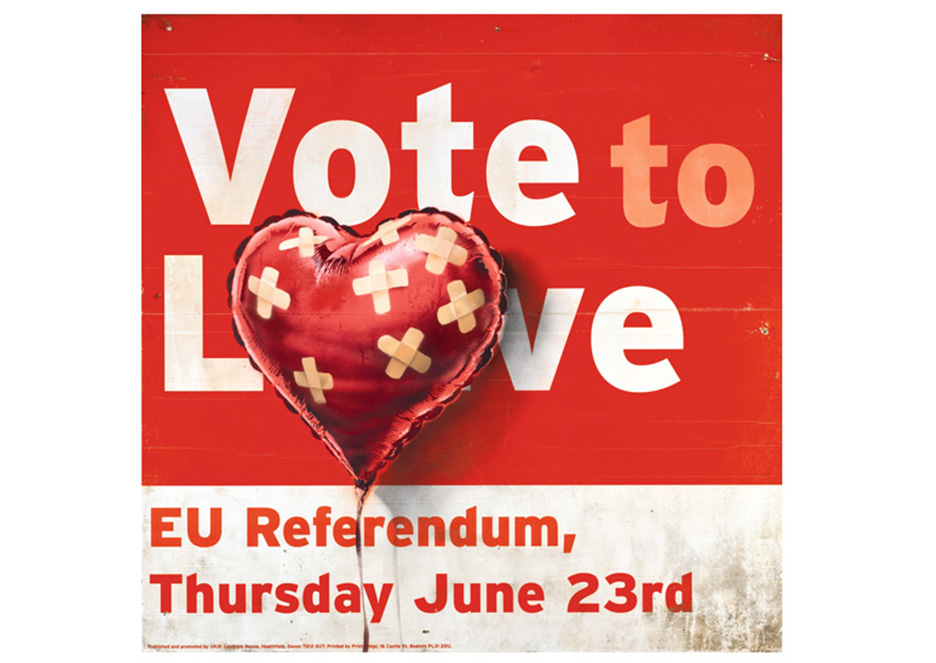
Sotheby’s
February 11, 2020 – Contemporary Art Evening Auction
Sale L20020
Lot 3
Banksy
VOTE TO LOVE
Spray paint on UKIP placard mounted on board
46 x 46 x 3 1/4 in.
Estimate: $522,840-$784,260
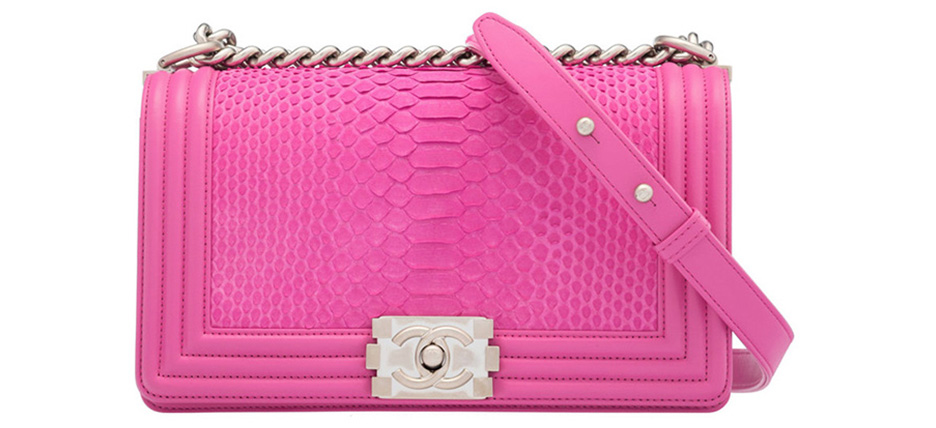
Heritage Auctions
May 3, 2020 – Luxury Accessories Signature Auction
New York #5505
Chanel
Matte Pink Python Medium Boy Bag
Estimate: $3,000-$4,000
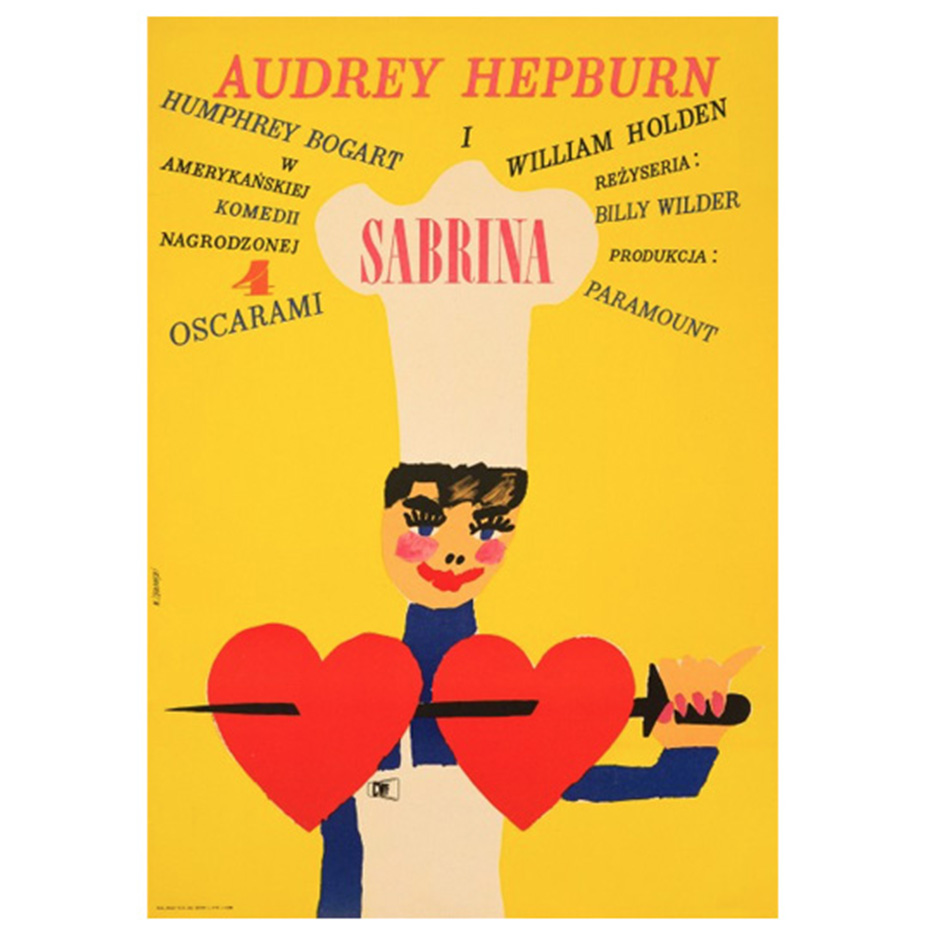
Rock Paper Film
Maciej Zbikowski
Sabrina
33 x 23 in.
1967
Retail Price: $1050
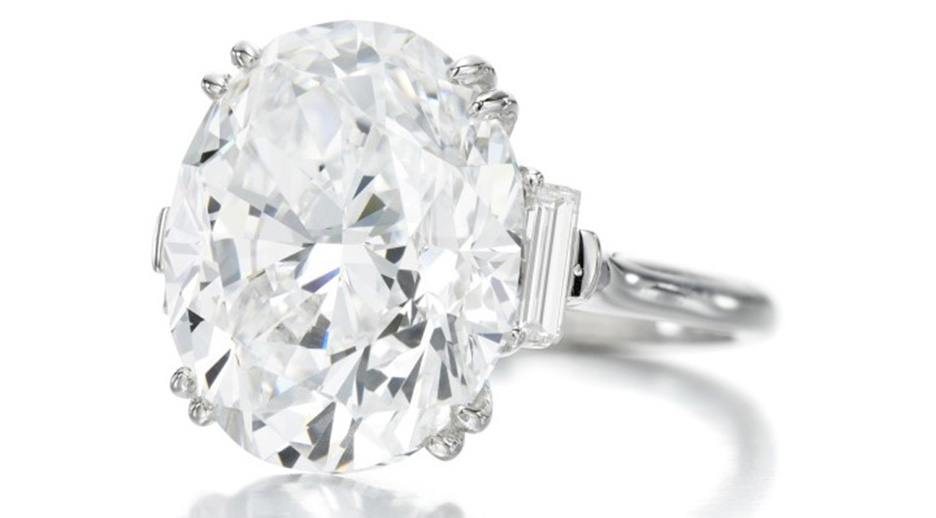
Sotheby’s
January 28, 2020 – Specialist Selects
Sale L20309
Lot 9
Fine Diamond Ring
Set with an oval diamond weighing 10.16 carats, between baguette diamond shoulders, size L.
Estimate: $367,416-$459,270
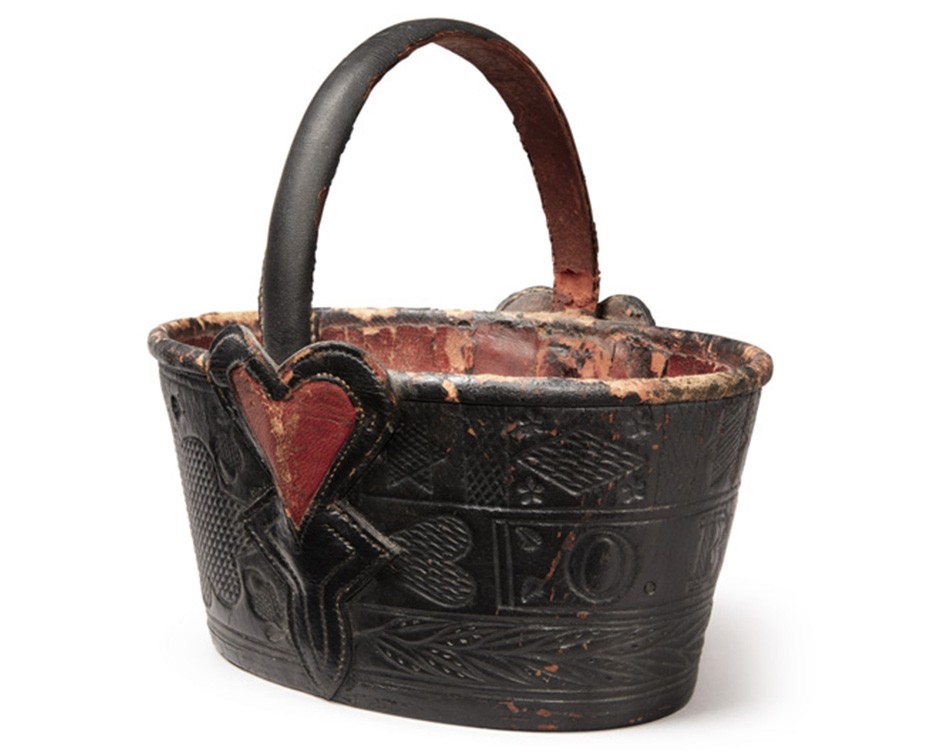
Sotheby’s
January 25, 2020 – Triumphant Grace: Important Americana from the Collection of Barbara and Arun Singh
Sale N10303
Lot 1072
Rare Stamp and Punch-Decorated Black and Red Leather Key Basket
Circa 1800
Estimate: $5,000-$8,000
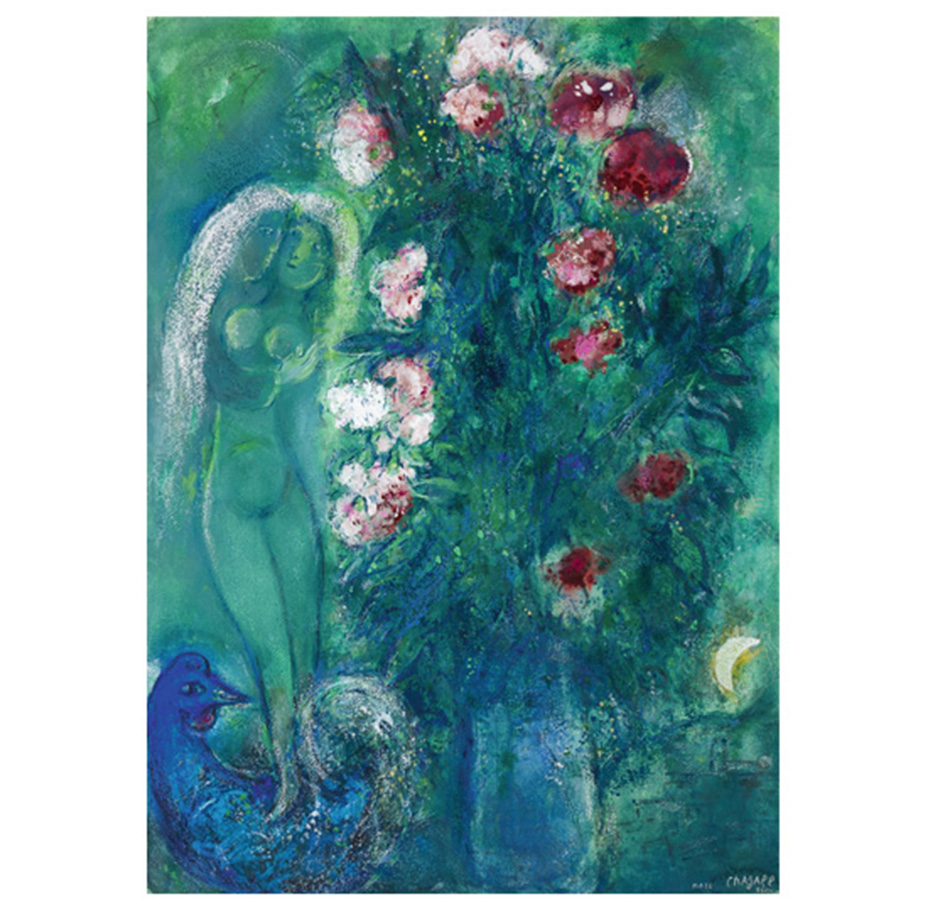
Sotheby’s
February 5, 2020 – Impressionist & Modern Art Day Sale
Sale L20004
Lot 125
Marc Chagall
Bouquet d’œillets aux amoureux en vert
Gouache, pastel, oil and brush and ink on paper
31 1/2 x 23 in.
1950
Estimate: $459,270-$721,710
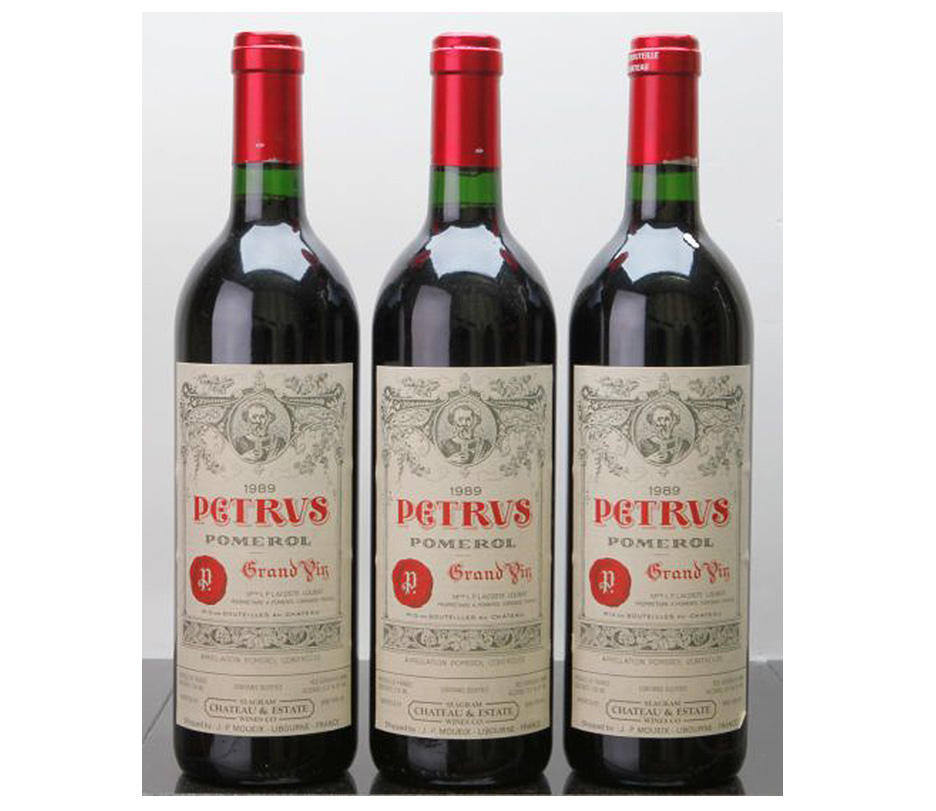
Berry Bros. & Rudd
Petrus, Pomerol
Cab. Sauvignon Blend, Full Bodied, Dry
13.5% alcohol
1989
$38,650
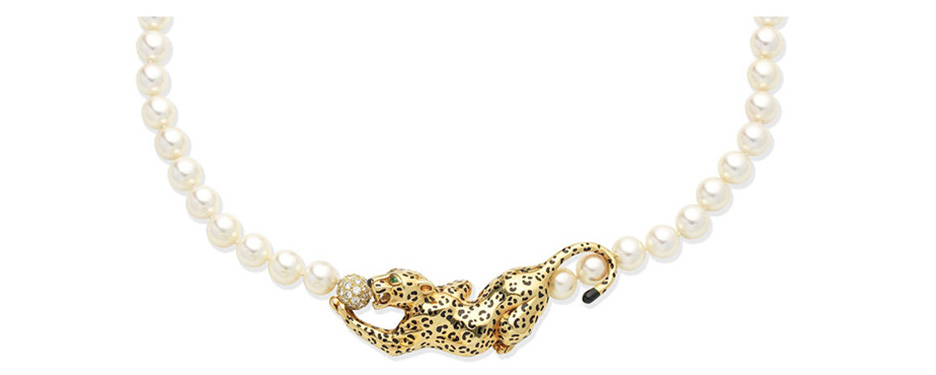
Bonhams
February 5, 2020 – Knightsbridge Jewels
Lot 297
Cartier
A Cultured Pearl and Diamond ‘Panthère’ Necklace
Estimate: $6,600-$9,200
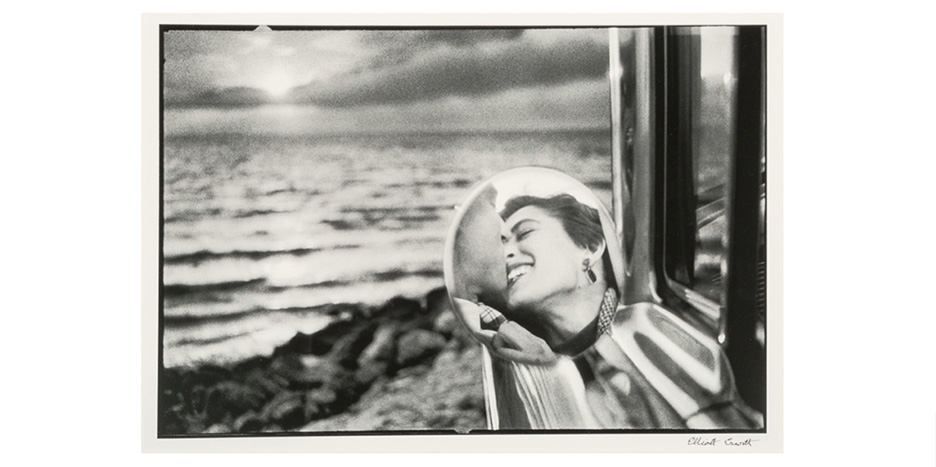
Heritage Auctions
April 4, 2020 – Photographs Signature Auction
New York #8002
Elliott Erwitt
California Kiss, Santa Monica
Gelatin silver print
12 1/4 x 18 in.
1955, printed later
Estimate: $4,000-$6,000
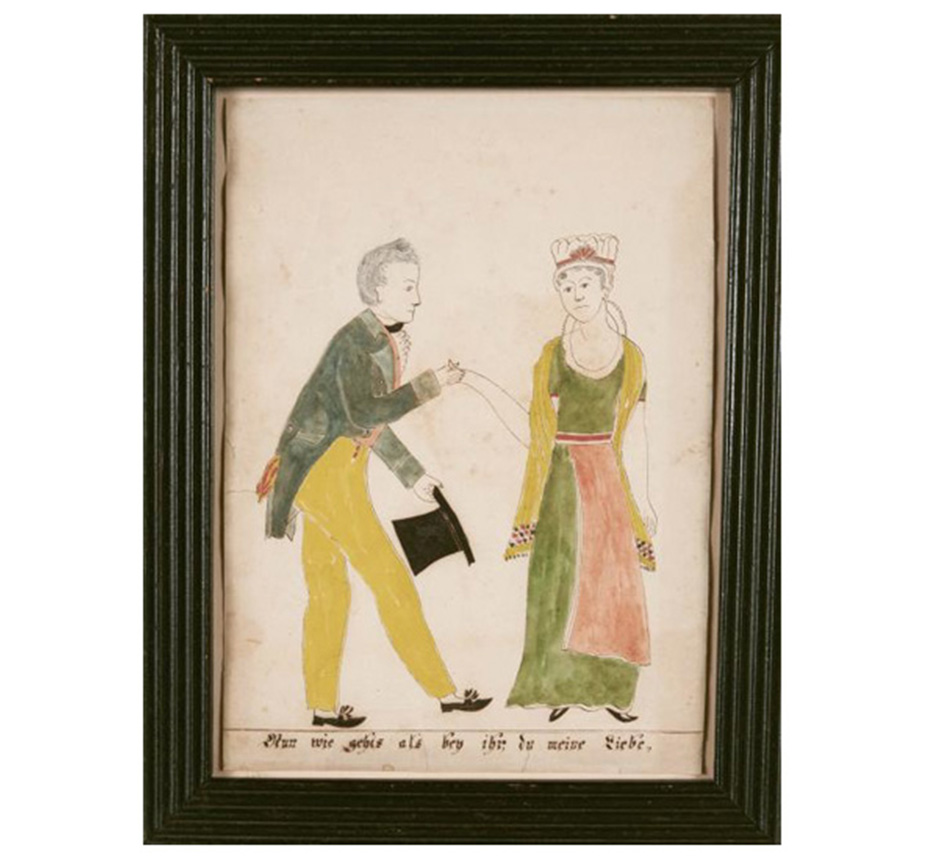
Doyle
January 23, 2020 – Cherished: American Folk Art & Toys from the Estate of a Private Collector
Sale 20FA01
Lot 380
American school
A Courtship Valentine
Watercolor on paper
11 1/4 x 8 in.
19th Century
Estimate: $2,000-$4,000
Not so long-ago January was a dead month in the art world calendar – a collective trade hangover from the autumn season and the slew of dinners in the build up to Christmas. In 2020 it’s an increasingly full month, especially in London. To combat collector malaise associated with a ‘dry’ month – new year resolutions are not conducive to collecting – Condo is now in its fifth London year. Christie’s newly scheduled Modern British sales (on the thin side this season) and the London Art Fair (a localised,entry level event for modern and contemporary art), round off a relatively full few weeks in the city.

Condo has since spawned in New York (2017), Mexico City, Sao Paulo and Shanghai (2019). Condo London reaches across the gallery spectrum, with Sadie Coles, Pilar Corrias and Modern Art among the more established participating galleries. ‘Guests’ for 2020 hail from an incredibly dispersed gallery diaspora: LA, Istanbul, New York, Brussels, Hong Kong / Shanghai, Berlin, Toronto, Chicago, Tokyo, Jakarta, Glasgow, San Francisco, Warsaw, Athens, Mexico City and Vienna. A true microcosm of the so-called global contemporary.
Participation is intentionally cheap (guest galleries pay their hosts a very agreeable £700) and increased footfall the primary objective. The first few days are as close as London gets to a fully-fledged gallery weekend and it’s a remarkably successful way of encouraging gallery goers to traipse across London in the cold and wet. At best, it offers London collectors a chance to discover and acquire works by rapidly rising artists from distant gallery scenes. At worst, presentations are ham strung somewhere between an art fair booth and a true gallery show. Yet Condo is now an essential part of this drab month which is all the better for it.
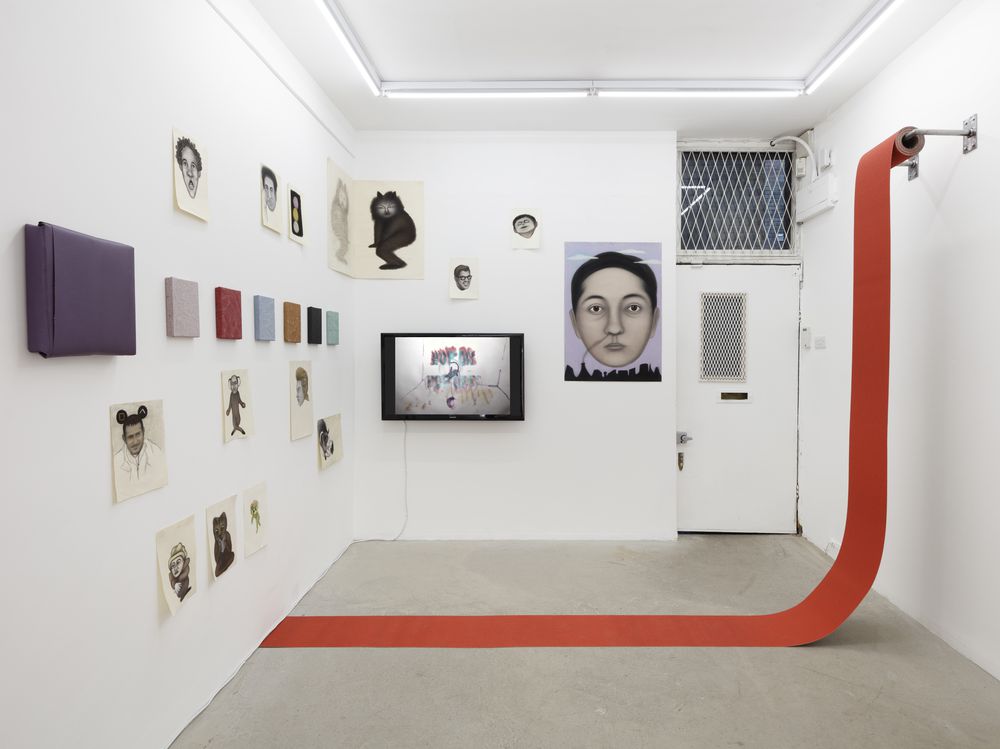
Looking to the global art fair circuit, the first few months of the year have continued to fill. It’s logical that Taipei Dangdei and Frieze Los Angeles – both enjoying their second iterations – are scheduled for the middle of January and the middle of February respectively. There are few actually quiet moments left and some fairs already encroach on the sacrosanct July-August lull – it’s no surprise that the beginning of the year’s been successfully colonised. Both fairs enjoyed successful first outings in 2019, with Taipei 2020 reporting strong sales and growing, blue-chip roster. While in Barcelona, the art market’s answer to the World Economic Forum in Davos – the Talking Galleries symposium – is now in its eighth year.
It’s hard to imagine what else might fill the slow January weeks in years to come, but for now there’s more to see in London during the first few weeks of the year than ever before.
Images: Installation view, Sofia Mitsola, Darladiladada, Pilar Corrias, London. Courtesy of the artist and Pilar Corrias, London. Photo: Damian Griffiths.
Installation view, Condo London, Southard Reid hosting Öktem Aykut. Courtesy of Ahmet Civelek, Mert Öztekin.
Further Readings
- Spring Art Market Recap 2022
- The Asking Price: Understanding Value #1
- The Asking Price: Understanding Value #2
- Looking Forward: Ten Art Market Predictions for 2023
By Dan Weil, The Wall Street Journal, Published Dec. 15, 2019
Three years ago, Simon Brown, a 36-year-old public-relations professional in Washington, D.C., purchased a 1938 Joe DiMaggio baseball card for $1,500. Its value now: $2,500, up about two-thirds, based on sales records for comparable cards, he says.
That kind of price appreciation is common in today’s sports-memorabilia market, particularly for items priced at $1,000 or more, market participants say. Just as stocks, bonds and other assets have soared in value since the last recession ended in 2009, so has sports memorabilia.
“It’s the same case for collectibles across the board,” says Chris Ivy, director of sports auctions for Heritage Auctions. “Some collectors even view sports memorabilia as an asset class for investment. A lot of our clients love sports and started collecting as kids for a hobby.”
Numerous factors explain the price run-up for sports memorabilia over the past decade, experts say, including the wealth of baby boomers, the entrance of millennials into the market and growing interest from foreigners. Demand for cards and game-used items, such as balls and jerseys, is particularly intense. Of all the sports, the market is generally strongest for baseball items.
Although experts expect the price inflation to continue as long as the economy stays strong, there is no guarantee, just as there are no guarantees with any investment. Making it even more dicey is that there are plenty of bogus and/or overpriced items out there waiting for careless buyers. That’s why it’s crucial for prospective buyers to do plenty of research before taking the plunge.

MONEY AND PASSION
Baby boomers are the foundation of the market because of the wealth they’ve amassed as a group during their careers. “They have huge buying power and nostalgia for sports memorabilia, such as baseball cards and jerseys of their favorite players,” says Anita Heriot, chief executive of Pall Mall Art Advisors, which assists clients with buying and selling all kinds of memorabilia, including sports items.
Meanwhile, Ms. Heriot says she has found that many millennials and members of Generation Z with the money to start collections, especially men, are turning to sports memorabilia because they’re more familiar with sports than they are with art. “That makes it more digestible as a passion and hobby,” she says.
Foreigners are jumping into the market, too, as more people around the world have more disposable income and more athletes from all over the world are achieving global fame in the most prestigious leagues and competitions. For instance, the wave of foreign players who have entered the National Basketball Association over the past 20 years, such as Yao Ming of China and Luka Doncic of Slovenia, has drawn non-Americans to NBA memorabilia, says collector Jimmy Mahan, 43-year-old director of staffing at a North Carolina summer camp. Collectors in China and even in the Philippines—a country with little basketball tradition and no obvious connection to the NBA—have driven prices up, he says.
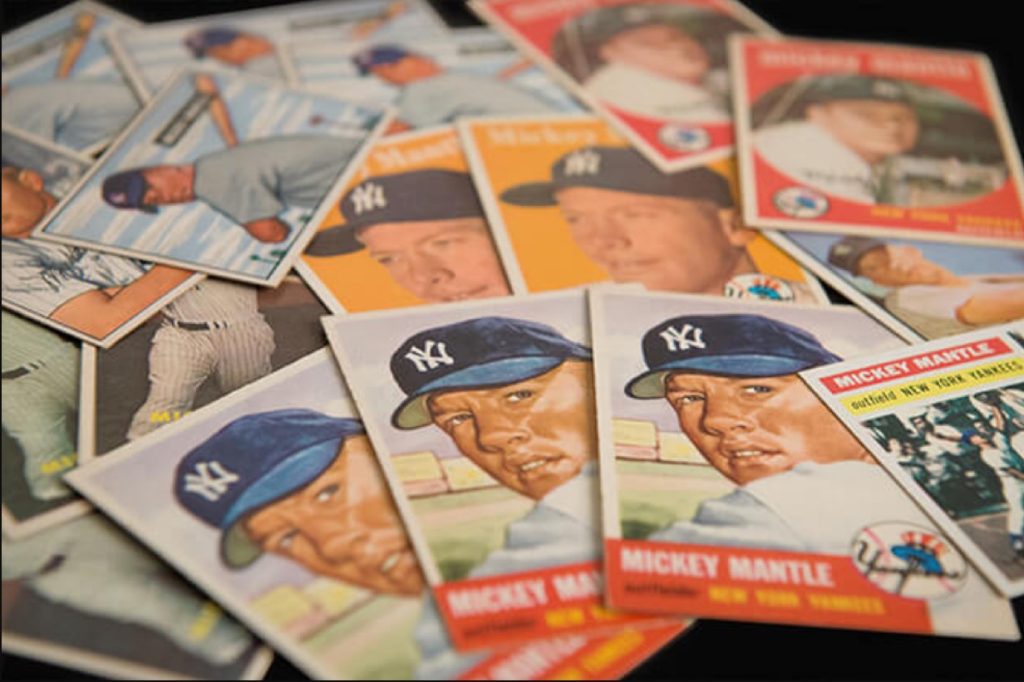
USED IS GOOD
Baseball cards, which originated in the 1860s, remain a staple. Cards prior to 1960 have particularly escalated in value. “A handful of old cards have reached iconic status, such as Honus Wagner cards from 1909-11 and Mickey Mantle cards from 1952,” says Mr. Brown, the collector.
In May, one of those Wagner cards sold for $1.2 million, up 54% from its sale price of $776,750 in 2016 and 83% from its sale price of $657,250 in 2014, according to SCP Auctions, a sports-memorabilia specialist based in Laguna Niguel, Calif. Cards from other sports also have done well. A card of basketball icon Michael Jordan recently sold for $350,000 and a card of football legend Tom Brady commanded $400,000, notes Simeon Lipman, a pop-culture appraiser.
The 1997-98 Jordan card, sold on eBay, came from a set of Metal Universe Basketball Precious Metal Gems cards and is considered one of the most valuable Jordan cards, according to Beckett Collectibles. The card’s condition wasn’t rated, but it was listed as “altered.” The Brady card, which also sold on eBay, came from the 2000 Playoff Contenders Championship Ticket collection. Beckett graded it as being in mint condition.
But cards are starting to take a back seat to game-used items, including balls and jerseys, as collectors seek to get closer to the players and game action. “It’s a popular thing to have a jersey propped on a mannequin in someone’s man cave,” says Jasmani Francis, a consultant to the Winston Art Group, which appraises and advises on collectibles.
In June, a Babe Ruth New York Yankees jersey from 1928-1930 was auctioned at Yankee Stadium for $5.64 million, making it the most expensive piece of sports memorabilia ever sold, according to the auctioneer, Hunt Auctions.
Dennis Riehman, 67, a retired banker in Ossining, N.Y., has a 1927 ball purportedly used in batting practice with autographs from Babe Ruth and Lou Gehrig. He bought it from a family friend who was a Yankee Stadium usher for $2,000 about 25 years ago. A sports-memorabilia dealer told him last year that it was now worth five times that. But Mr. Riehman says the ball means too much to him to ever sell. “I’ll give it to my son.”
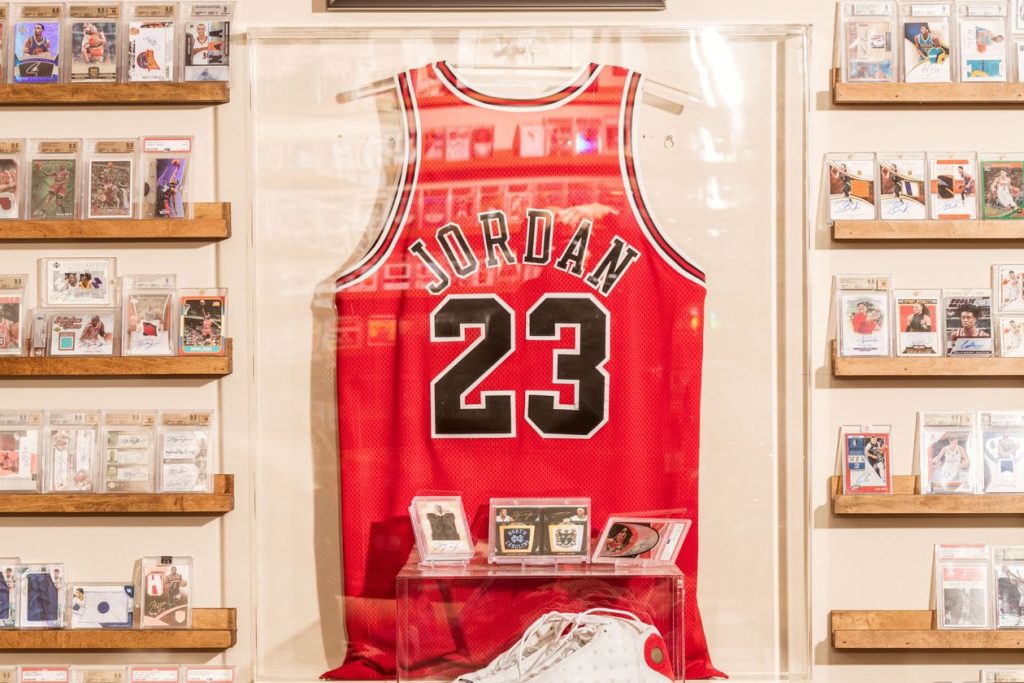
DON’T TRUST, VERIFY
So how can buyers, especially novices, avoid overpaying in this inflationary environment? Homework is essential. Buyers can do significant price research with an internet search of dealers, auction houses, appraisers and even eBay. Comparison prices exist on the web for many items, says Mr. Francis, the consultant. That includes sale prices for items comparable to the one a buyer is interested in and sometimes for the same item. Recent sale prices allow buyers to judge whether the current price of the item they want is in line with the market.
Buyers also should research the seller. “Know what it is you’re buying and from whom you’re buying it,” says Steve Sloan, president of Professional Sports Authenticator, which grades and authenticates sports memorabilia. “You should only purchase pieces from a reputable dealer that has been in business for at least five years,” he says. Independent, third-party certification of an item’s authenticity is also important, experts say. Authenticators besides PSA include James Spence Authentication and Beckett Authentication Services. A knowledgeable adviser also might help new collectors avoid costly rookie mistakes.
Despite the potential pitfalls, opportunities abound for collectors of sports memorabilia in a way they don’t for traditional art collectors. “Art is an elite passion,” says Pall Mall’s Ms. Heriot, with prices that run into the thousands even toward the lower end of the market. “But with $100, you can buy a decent sports trading card that will hold value. Sports memorabilia is probably the most populist of passion assets.”
Mr. Weil is a writer in West Palm Beach, Fla. He can be reached at reports@wsj.com.
Read the article on The Wall Street Journal
Further Readings
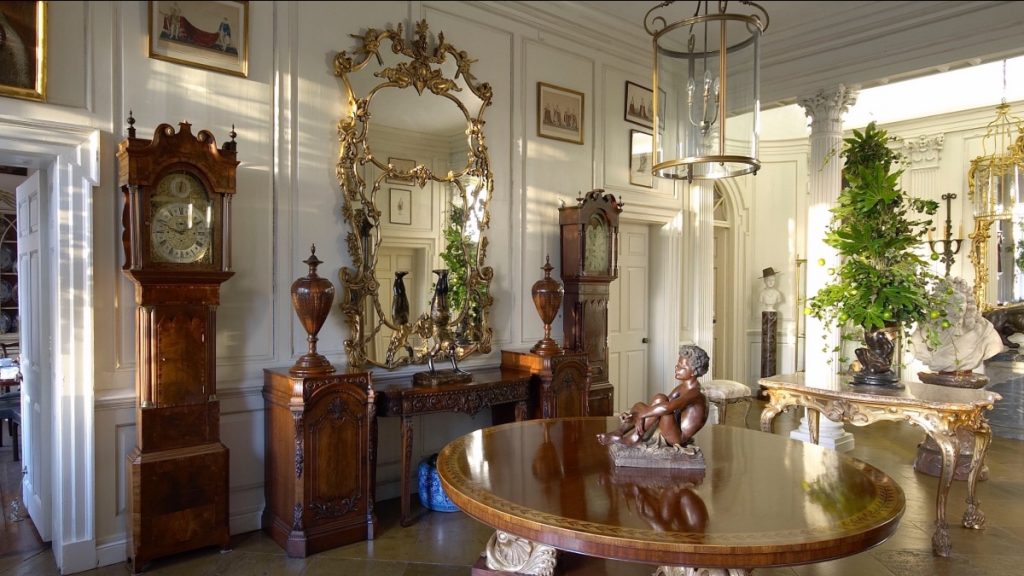
December is the month of presents, holiday travels, and family time. It is also the time of year when most charitable giving happens! Baby boomers are the wealthiest generation in American history and they’re about to pass down their wealth over the next few decades. A portion of this wealth is in the form of tangible assets that reflect the passions, interests and legacies of the individuals and families who owned them. However, what happens when the heirs are not interested in receiving the gift of art, jewelry, wine, furniture, and other objects that their parents and grandparents have collected over the years?
Art and collectibles can have a tremendous amount of value so you may consider using these items to further your philanthropic interests. Historically most people have donated cash to their favorite charities. Instead of writing checks, some individuals may consider converting their tangible assets such as art, jewelry, wine and other valuable collectibles into a philanthropic opportunity. Using tangible assets in a strategic philanthropy initiative presents families with the chance to work collectively to create a unifying legacy.
WHAT IS TANGIBLE PERSONAL PROPERTY?
Tangible gifts of personal property are defined as personal property other than land or buildings. Items that are included in this category are vintage cars, jewelry, artwork, wine, memorabilia, rare books, furniture, stamp and coin collections, and other types of valuable personal objects.[1]
If you are contemplating a gift of tangible personal property to charity, it is important to be aware of the complex tax issues it can present, which will need to be carefully evaluated by a tax professional in order to maximize your client’s gift and the possible tax deduction.
Below are a few issues to consider[2]:
- Have you owned the donated object for at least one year?
- Will the donated object be used by the charity in its tax-exempt function (related use)?
- Has the Charity agreed to keep the object for at least three years?
- Are you a collector or investor? If your are an artist or dealer, consult a tax advisor to understand the different IRS tax allowable deductions.
- Have you obtained a qualified appraisal for the donated object?
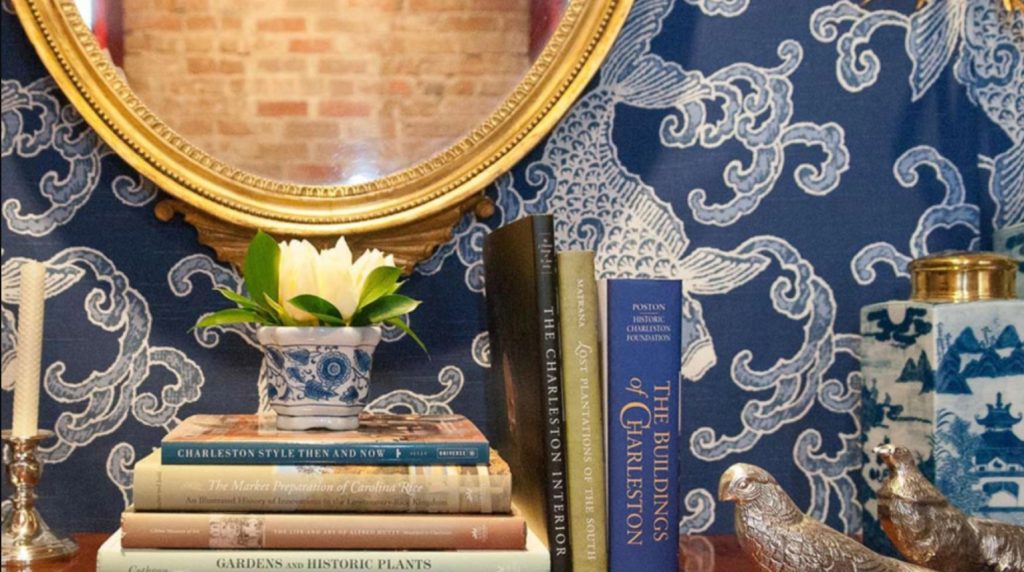
WHAT IS RELATED USE?
According to the IRS tax code, in order for a donor of tangible personal property to be able to take full advantage of a tax benefit, the charity must use the object in a manner that is related to its exempt purpose. Examples would be a painting that is added to the collection of an art museum and a tall case clock created by a regional clock maker given to a historical society. [2]
CASE STUDY FOR RELATED USE
A client has owned a painting for the past 12 years that was originally purchased for $50,000. The client has three heirs of whom none are interested in the painting. The client approached a local museum that is very interested in accepting the painting as a donation. In addition, the painting has appreciated over time and has a current fair market value of $225,000. Since the art museum is planning to keep the painting, the donor can deduct the full $225,000 value of the painting.
If the donor wants to give the same painting to an unrelated charitable organization, the client should consult with their tax advisor. The client may only be able to deduct the $50,000 cost basis. It is the donor’s responsibility to establish “related use,” so the donor should secure from the charity a letter stating the charity’s intent to use the property for a purpose related to its mission.
However a gift of artwork doesn’t necessarily have to be given to a museum to be considered for a related use. For example, gifts of artworks to a religious organization would be considered for a related use if the object would have religious and cultural significance. Similarly, gifts of artworks to a hospital may be for a related use if their display in common and patient rooms contributes to a healing environment.[3]
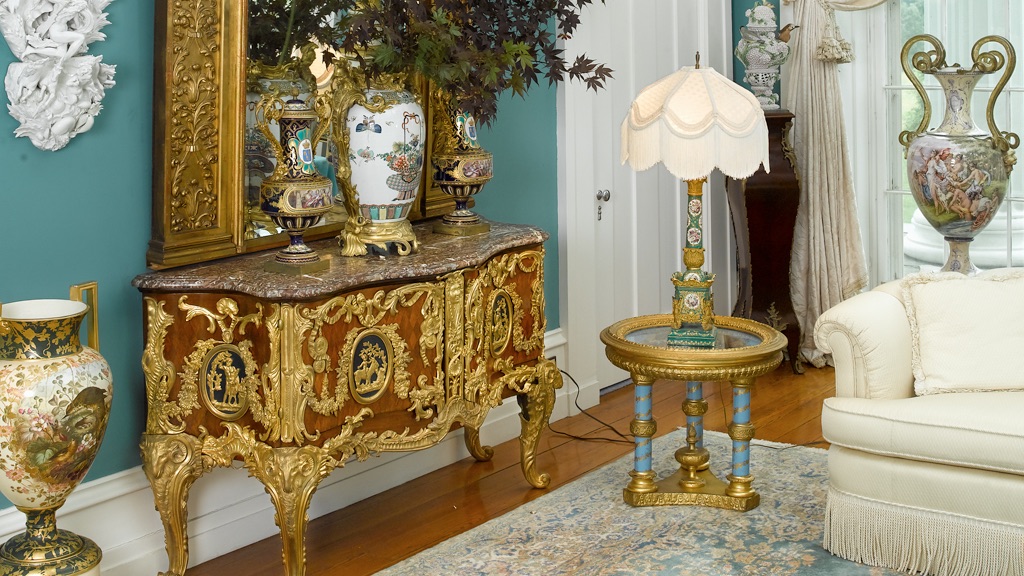
WHAT ARE OTHER PHILANTHROPIC OPTIONS FOR TANGIBLE ASSETS?
Charitable giving has never only been motivated by tax deductions. Even without the full tax advantage, clients still consider donating to passionate causes by converting their valuable objects into liquidity for a cause they really believe in.For example, a collector sold 800 bottles from his wine collection that had been assembled over three decades. The proceeds were donated to a charity that the collector supports which helps to improve the health and education of children and adults living in rural China.[4]In some cases where the need for a charitable deduction outweighs the importance for minimizing capital gains tax, it may make sense to sell the art, jewelry or other tangible assets, recognizing the income and offset it by making a charitable contribution to a donor advised fund. This allows the donor to possibly maximize their tax situation while unlocking art and other tangible assets for charitable dollars.If the donor contributes appreciated art or other appreciating tangible assets to a public charity (including a donor-advised fund), the collector potentially eliminates the capital gains tax that would otherwise be incurred in a sale resulting in more to give to charity.There are many advantages that come with the use of a planned giving vehicle. Nevertheless, should a client decide to donate tangible objects to an institution, donor-advised fund, or foundation, a tax specialist should be consulted to determine the best option.In conclusion, the field of strategic philanthropy is more sophisticated and complex than ever. More individuals are implementing a philanthropic strategy using collections of wine, art, jewelry and other tangible assets to help make a greater impact in the lives of others. Anyone that regularly writes checks to their favorite organizations and causes can develop a more strategic approach to giving by considering using tangible assets. Nonetheless, the philanthropic process involving these objects begins with understanding what your client owns and understanding the value.
OUR SERVICES
Whether you are an individual, family, foundation, or non-profit organization, The Fine Art Group can help make your charitable vision a reality.
[1] 1.14.4.1.5 (04-30-2018) Personal Property Management-Internal Revenue Service Terms/Definitions/Acronyms
[2] IRS Publication 526 (Cat. No. 15050A) Charitable Contributions
[3] IRS Publication 506 Charitable Contributions
[4] Sotheby’s Sale, The Philanthropist’s Cellar: An Extraordinary Collection sold to Benefit Charitable Causes, March 31, 2018.
Art Investment: True Value vs. Emotional Value
Being that the purpose of art is to evoke emotion, it is hard not to let emotions play a big part in its acquisition. Successfully acquiring art requires you to put that emotion aside and make an assessment of the true value of the piece based on an objective set of criteria, especially if you are looking to procure art at least in part for its future investment value.
When you find a painting or another piece of art that interests you and you begin to consider purchasing it, conducting due diligence is a critical step. The piece should be passed through a series of important “quality control” criteria. Then, if you or a trusted expert determines that the quality is excellent, you can begin reviewing the market analytics around the investment opportunity and begin negotiations.
Due Diligence Before Acquiring Artwork
It is important to consider key quality criteria as the foundation of high-quality artwork, regardless of price:
- Artist: Obtaining information about the artist will go a long way in determining the piece’s value. You should ask: How successfully does the artist sell at auction? How many times has the artist sold at auction? If the artist does not sell at auction, which galleries represent the artist? Is the artist represented in museum holdings? Has the artist participated in important exhibitions?
- Medium: Generally, original works such as oil on canvas, watercolor, or ink-on-paper have a better chance of continuing to go up in value. Prints can be an excellent acquisition, but be careful of edition size and quality.
- Size: A small work will never achieve growth in value beyond a certain point, and works between 16 inches and 40 inches are the most logical size. However, some contemporary artists may always work in larger sizes.
- Subject Matter: When you think of Andy Warhol, you may think of a Campbell’s Soup Can. That is because this is the subject matter, which is the essence of the Pop Art movement. The price for one of his works depicting a Soup Can will always surpass the price of a portrait of an unrecognizable figure.
- Rarity: A work that is fresh to the market and has never been seen will generally be more expensive. A rare edition bronze or a low edition print will generally be more expensive than a high edition print.
- Provenance: A painting previously exhibited in important shows and recorded as owned by notable collectors will have a higher price. In addition, provenance helps to establish the authenticity of the painting.
- Sales History: This is a huge red flag. Many dealers will acquire paintings when they go unsold because they can buy them at a better price. It is essential that you confirm the sales price at auction. Understanding the market for the artist is the beginning of your negotiation.
When you have the answers for each of these questions and all of the above criteria, you will have enough information to negotiate. In the art world, knowledge is power, and the information you gather will help you determine the most accurate price and whether the work is a good asset acquisition. While this may seem like an overwhelming amount of information needed to acquire a work, you will find that it will be worth it. At The Fine Art Group these criteria are applied to every acquisition and to every value. As a result, we likely can save a client upwards of 20 percent on a work of art.
Art Purchasing Strategies
There are other factors to consider once you have acquired the work that will have an impact on your bottom line and cost basis. Where the work is stored and strategy for “use” can have a major impact on sales and use tax. For example, if the artwork is stored in Oregon or Delaware, which are states that do not have a sales tax, this can be waived. In addition, creating a “use” strategy for the artwork can also save you from paying a use tax. Californians need to be particularly careful of the use tax.
Remember, don’t purchase a piece based on emotion. Be sure to conduct your due diligence before you acquire any works of art.
Read the Article on the Tiger 21 Website
Further Readings
- Is Art a Good Investment?
- The Asking Price: Understanding Value # 1
- The Asking Price: Understanding Value #2
OUR SERVICES
Offering expert Advisory across sectors, our dedicated Advisory and Sales Agency teams combine strategic insight with transparent advice to guide our clients seamlessly through the market. We always welcome the opportunity to discuss our strategies and services in depth.
“Whether you need guidance through the art market or wish to develop your taste and artistic knowledge, it is worth seeing the advice and support of experts. Philip Hoffman is one of the most experiences of these experts.” In the entrepreneurs issue of Credit Suisse’s magazine, Scope, our Founder and CEO Philip Hoffman points out that “collectors are no longer thinking of their art as a separate, purely passion-driven entity – they want it to be financially sustainable, secure, and efficient – from buying to storing to selling. I think both collectors and private bankers now appreciate how valuable proper advice is in this area.”
Follow this link to the full article to read about shifts in collecting trends, the importance of independent art advice, and how to borrow against your art.
We are delighted to announce that on November 12, 2019, our advisory department assisted one of our clients with acquiring an important Gauguin painting at Christie’s Impressionist & Modern Art Day Sale in New York at $240,000 hammer.

Paul Gauguin (French, 1840-1903)
La ferme de la Groue à Osny
1883
Oil on canvas
15 1/8 x 18 in.
Signed and dated ‘P Gauguin 83′ lower right
Sold: $240,000 (Hammer)
OUR SERVICES
Offering expert Advisory across sectors, our dedicated Advisory and Sales Agency teams combine strategic insight with transparent advice to guide our clients seamlessly through the market. We always welcome the opportunity to discuss our strategies and services in depth.
We are delighted to announce that Lot 485, Platinum, A Ruby and Diamond Ring and Lot 491, Unmounted Fancy Intense Orangy Pink Diamond both sold for well over the high estimate.
Sale: Important Jewelry, October 16, 2019

Doyle
Lot 485
Platinum, Ruby and Diamond Ring
Centering one cushion-shaped ruby approximately 7.46 cts., flanked by 2 tapered baguette diamonds.
Size 8 1/4.
Estimate: $70,000-$90,000
Sold for $125,000 (with Buyer’s Premium)

Doyle
Lot 491
Unmounted Fancy Intense Orangy Pink Diamond
One cut-cornered rectangular Fancy Intense Orangy Pink diamond.
Approximately 2.
Estimate: $100,000-$150,000
Sold for $200,000 (with Buyer’s Premium)
OUR SERVICES
Offering expert Advisory across sectors, our dedicated Advisory and Sales Agency teams combine strategic insight with transparent advice to guide our clients seamlessly through the market. We always welcome the opportunity to discuss our strategies and services in depth.
The Fine Art Group is pleased to be a sponsor at the National ACTEC 2019 Fall Meeting.
Experienced attorneys come across clients who own art, jewelry and other valuable collectibles from time to time.
In the process of advising clients you probably have asked yourself one or more of the following questions:
- How do I achieve the best possible return on the sale of an estate’s art, jewelry, wine and collectibles?
- Does my client have a varied and complex portfolio of tangible assets that require an IRS compliant appraisal or a monetization strategy?
- What is the best strategy to include my client’s valuable tangible assets into a philanthropic plan to maximize tax benefits or continue a legacy?
In order to answer these and other questions, we’d like to invite you to stop by The Fine Art Group table at the ACTEC 2019 Fall Meeting.
If you prefer to make an appointment with me or one of my colleagues ahead of time, please don’t hesitate to reach out to me through the below email address or by phone.
I look forward to meeting you in person.